21.02.2024
About Baroque architecture.
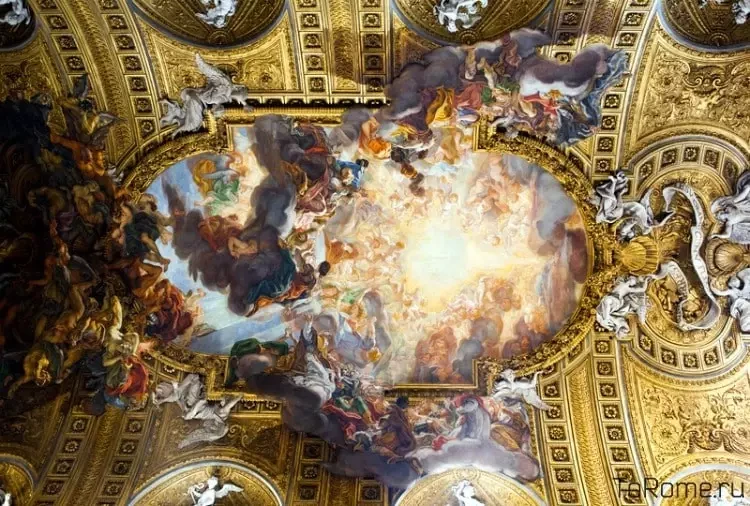
Our Blog pages will periodically become a guide to historical styles, as they still play an important role in modern design today.
This article is dedicated to the Baroque style, which is rightfully considered the most spectacular and pompous style in the history of art. If you want to declare luxury and epicureanism, then turning to this style will be the most justified choice - Baroque is associated with wealth.
The style originated in Italy at the end of the 16th century and dominated European architecture throughout the 17th and first half of the 18th century. Baroque replaced the Renaissance and was initially opposed to the art of the Renaissance. In the middle of the 18th century, the style transformed into the Rococo direction.
Baroque architectural structures are characterized by plasticity of volumes, facades, complex spatial systems, play of light and shadow, splendor of plastic interior decoration, richness of molding, sculpture, carving, conveying a sense of drama, movement and tension.
The origins of the Baroque are connected with changes in the religious and ideological state of society and the reformation of the church. Against the backdrop of the popularity of Protestant positions, the papacy aimed to strengthen the authority of the Catholic Church among the flock. Catholics believed that churches that evoke more reverence and emotion would be able to attract more parishioners.
Baroque initially originated in the architecture of Rome and spread to other cities in Italy. One of the earliest examples of Baroque is the Jesuit church of Il Gesù in Rome, built in 1584 to designs by Giacomo da Vignola and Giovanni Battista della Porta.

The single-nave church became a prototype for the further development of the Baroque style. The facade of Il Gesu is distinguished by strict symmetry, it has two tiers with a triangular pediment and volutes. Symmetry is combined with typical Baroque techniques of entablature unfastening, paired semi-columns and pilasters, statues in niches. In violation of all order rules, the triangular pediment is inscribed in the bow-shaped one.
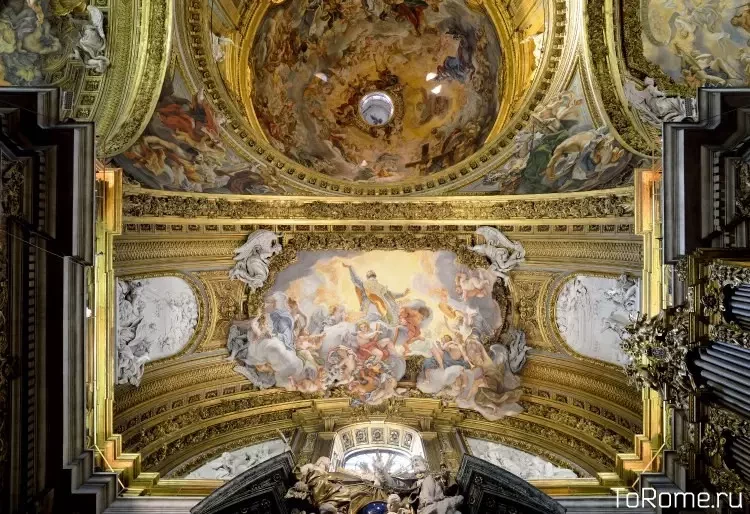
In the interior of the church, the triumph of the Catholic Church is expressed in the richness of the decoration - an abundance of paintings, sculptural decoration, gilded relief ornaments, multi-colored marbles.
The main painting composition "The Triumph of the Name of Jesus" is located in the vault of the nave. It was created by Giovanni Battista Gaulli in the manner of "trompe-l’œil" (trompe-l’œil - "deceptive eye", "deceptive appearance"). This is a type of perspective ceiling painting. The composition of the central nave, made by Andea Pozzo, depicts the triumph of the teaching of St. Ignatius Loyola and his disciples.
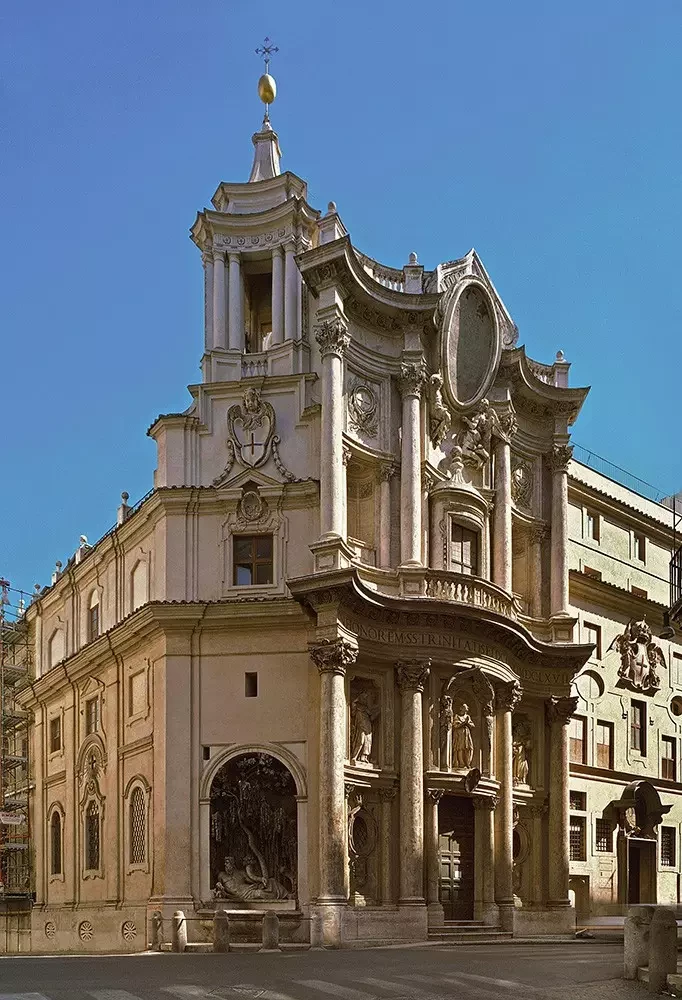
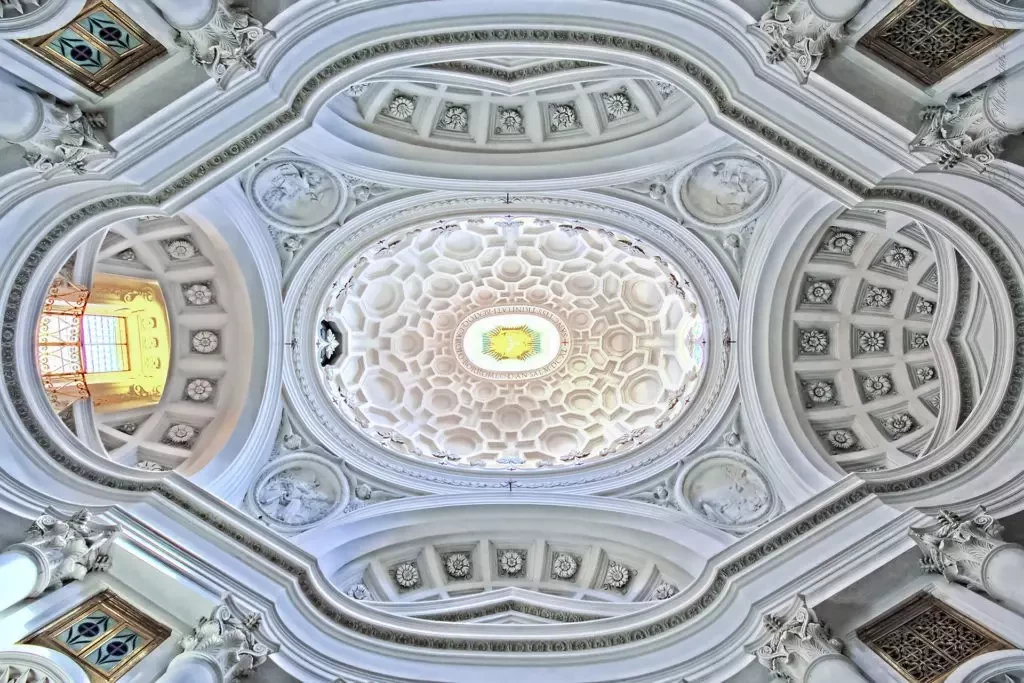
The church of San Carlo alle Quattro Fontane in Rome, built in 1638–1646 according to the design of Francesco Borromini for Spanish monks, is located on a small site, but gives the impression of a grandiose monumental building. The curved wavy façade with a loose entablature, the rich plastic solution of the façade with attached columns and sculpture make this building an unsurpassed example of early Baroque.
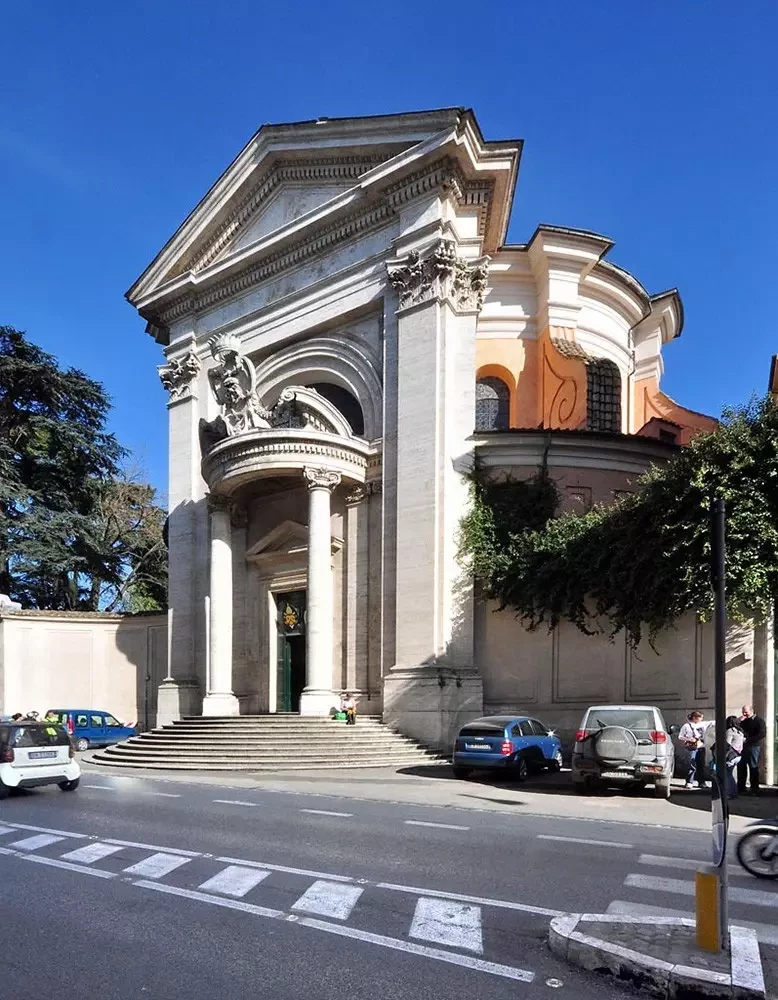
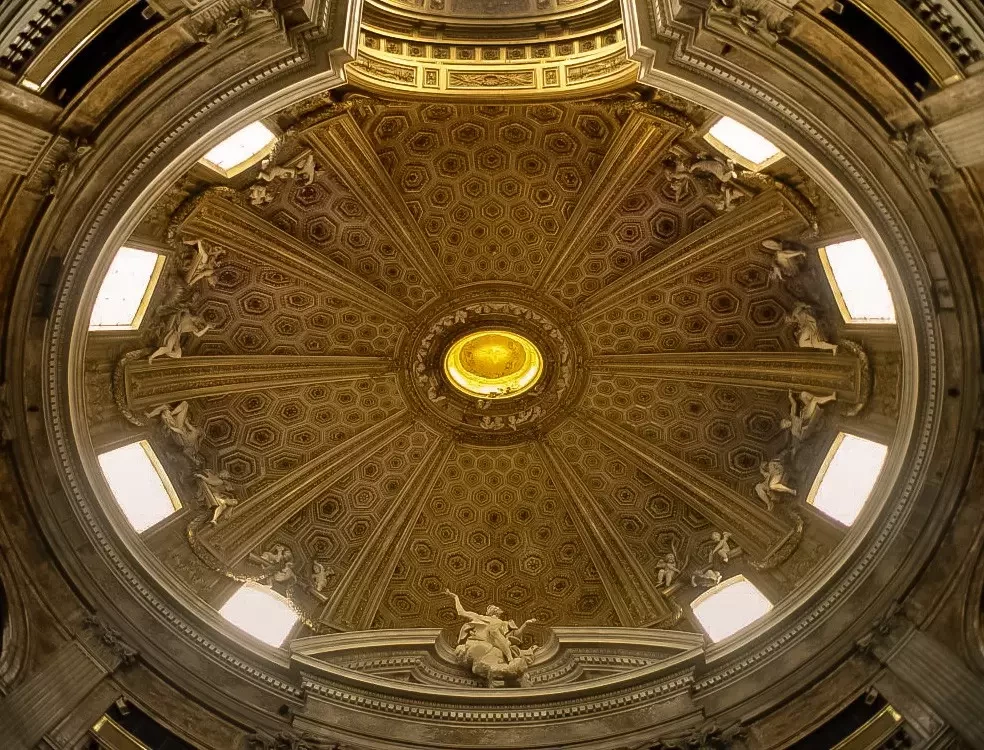
Another Jesuit church of the rotunda type, Sant’Andrea al Quirinale in Rome, designed by Gian Lorenzo Bernini between 1658 and 1678, is famous for its eye-catching gilded vault. Inside and out, the architecture of the church displays a truly Baroque tension of form.


Outside Italy, Baroque spread, taking on some national cultural traits. For example, St. Paul’s Basilica in London, designed by Christopher Wren and built in 1675-1708, is considered a more restrained version of Baroque, corresponding to the English mentality. The sharp contrast of white stone facades and the abundance of gold in the interior have a striking emotional impact.
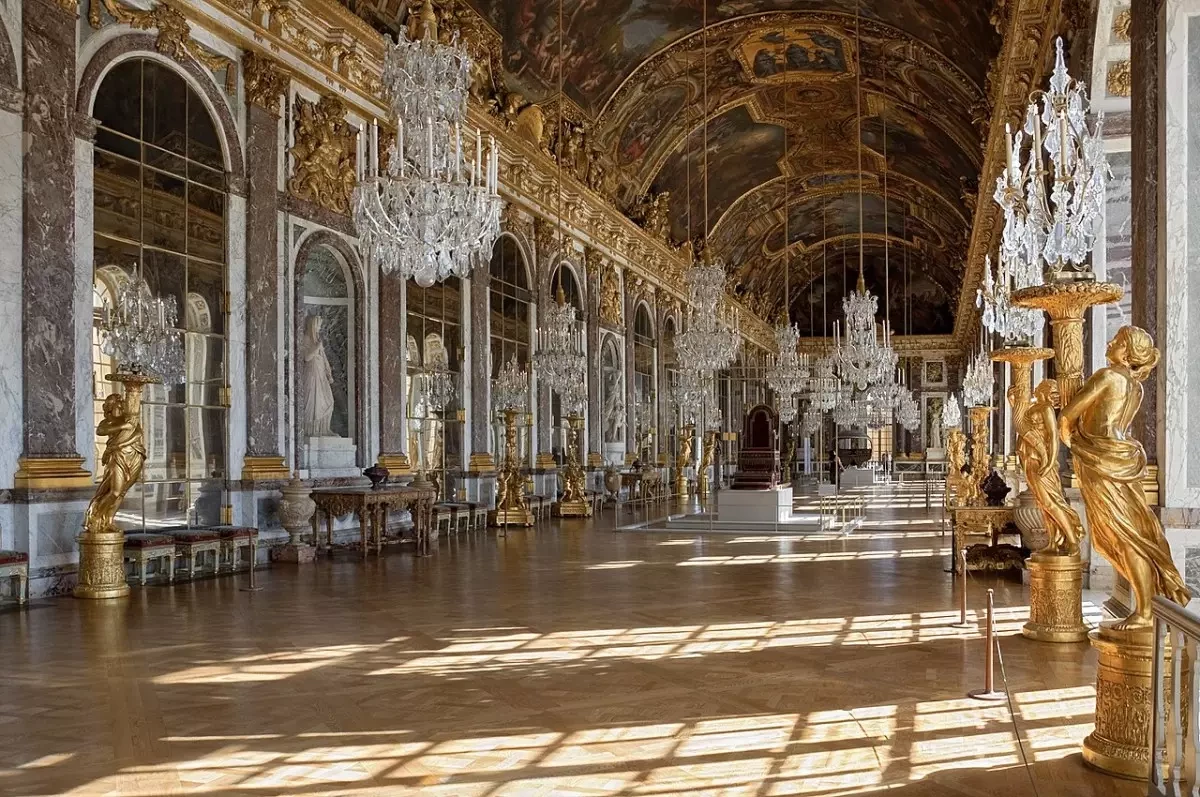
The Palace of Versailles in France can be cited as an example of early secular Baroque architecture. The authors of the project, Louis Le Vau, Jules Hardouin-Mansart and Robert de Cotta, created a palace between 1668 and 1687 that in every detail depicts the "Sun King" Louis XIV. Rustication, huge "French" windows, an abundance of pilasters, double columns, and risalits bring Baroque dynamics to the composition. The balustrade of the cornice is plastically played up with alternating reinforcement of military trophies and vases.
The main stylistic features of Baroque, which are present in all monuments of this style, are the following elements:
- vaulted ceilings;
- columns and pilasters that perform a decorative role;
- unfastening of the entablature;
- interiors richly decorated with trompe l’oeil paintings;
- abundance of gilding inside and outside.
As the modernist architect Harry Seidelercak noted in the 1980s, the Baroque style was one of the last great examples of a comprehensive new aesthetic.
The article was useful to you?
2
145
0